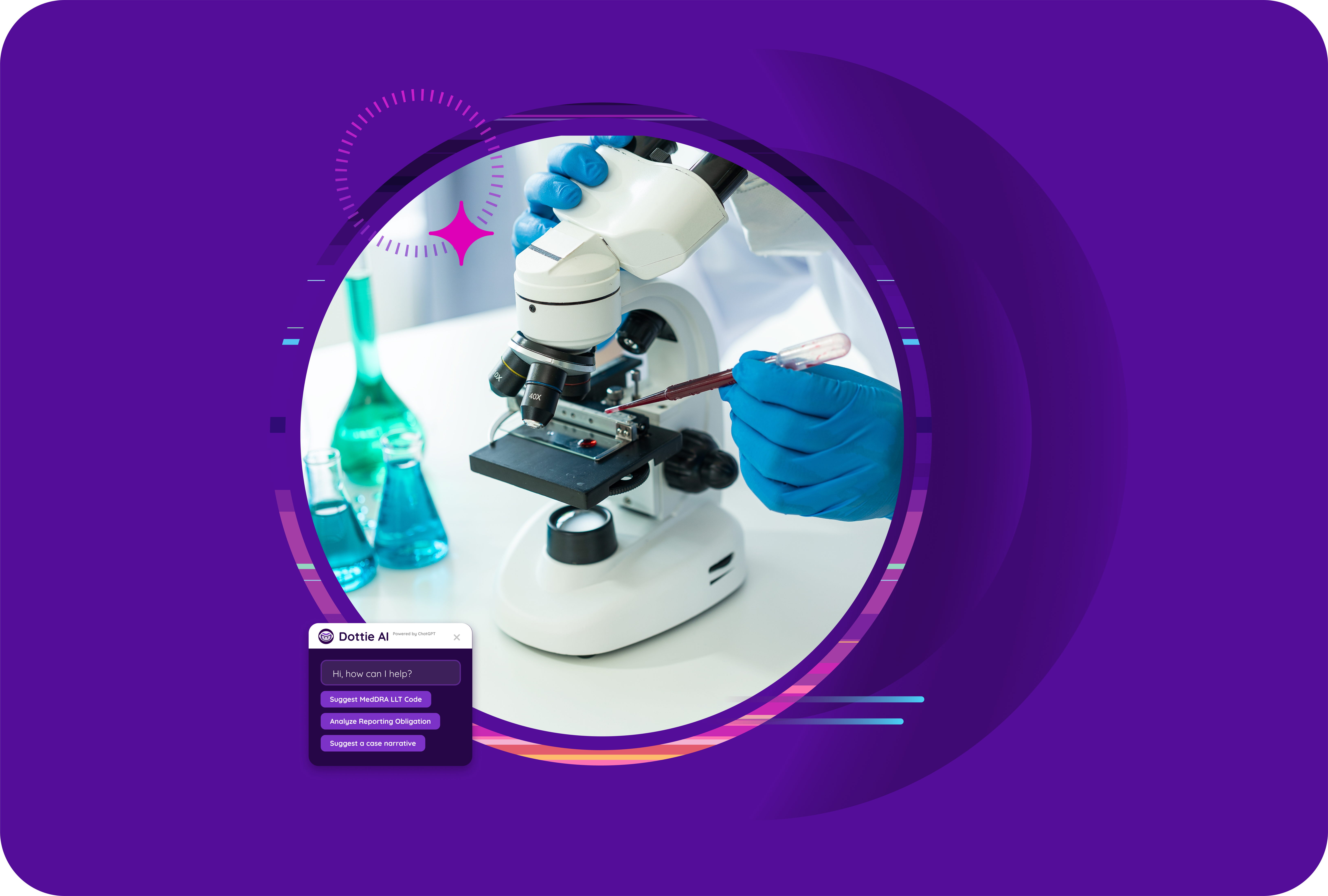What Does ISO 13485 Require from an eQMS for Medical Devices?

For medical device manufacturers, ISO 13485 is the globally recognized standard for a quality management system. It provides a comprehensive framework for ensuring product safety and quality throughout the entire lifecycle, from initial design to post-market surveillance. While the standard defines what must be done, a modern electronic Quality Management System (eQMS) provides the tools for how to do it efficiently, traceably, and compliantly.
Let’s consider the key clauses of the standard and how a purpose-built eQMS for medical devices provides the features necessary to meet each requirement.
Clause 4: Quality Management System & Documentation
The Requirement: This clause mandates that an organization establish and maintain a documented QMS, including a Quality Manual, procedures, and records. It requires control over all documentation and specifies the need for a Device Master Record (DMR) for each type of medical device.
The eQMS Solution: Document Management
Document Management serves as the single source of truth for all controlled documents.
- Centralized Repository: The eQMS provides a secure, centralized location for the Quality Manual, SOPs, work instructions, and specifications that constitute the DMR.
- Version Control: It automatically manages document versions, ensuring that only the current, effective version is accessible to users. A complete revision history is maintained for audit purposes.
- Review and Approval Workflows: The system enforces formal review and approval cycles with compliant electronic signatures, creating a traceable record of who approved what and when.
Clause 5 & 6: Management Responsibility & Resource Management
The Requirement: Clause 5 requires top management to be actively involved in the QMS through regular reviews. Clause 6 requires that all personnel are competent for their roles, with effectiveness of training evaluated and documented.
The eQMS Solution: Dashboards & Training Management
An eQMS makes quality data visible and training manageable.
- Analytics and Dashboards: The system provides real-time dashboards and reporting tools that give management instant visibility into KPIs like open CAPAs, change control status, and audit findings. This facilitates effective management reviews.
- Training Management Module: This module links employees to specific training requirements based on their roles. It automatically assigns training when a relevant SOP is updated and maintains a complete, auditable record of each employee’s qualifications and training history.
Clause 8: Measurement, Analysis, and Improvement
This clause focuses on monitoring processes, handling feedback, and driving continuous improvement.
Requirement 8.2 & 8.3: Feedback, Complaint Handling & Nonconforming Product
Organizations must have a system for handling complaints, capturing feedback, and controlling products that do not meet specifications.
The eQMS Solution: Complaint and Nonconformance Modules
Standardized Workflows: The eQMS provides formal workflows for logging complaints and nonconformances, investigating them, and documenting the disposition (e.g., scrap, rework). This ensures consistency and traceability.
Requirement 8.5: Improvement (Corrective and Preventive Action – CAPA)
The standard demands a documented procedure for taking corrective action to eliminate the cause of nonconformities and preventive action to prevent their occurrence.
The eQMS Solution: CAPA Management Module
Closed-Loop Process: An eQMS links CAPAs directly to their source (e.g., an audit finding, a complaint, a nonconformance). It manages the entire process from root cause analysis through implementation and effectiveness checks, ensuring no issue is lost or left unresolved.
The Unifying Theme: Risk Management
Woven throughout ISO 13485 is the requirement for a risk-based approach. All activities, from design to supplier selection to CAPA, must consider potential risks to device safety and performance.
The eQMS Solution: Integrated Risk Management
A modern eQMS doesn’t treat risk as a separate silo.
Integrated Tools: It provides risk management tools that are integrated directly into other modules. A risk assessment is a formal part of the design control process, the change control process, and the CAPA process, ensuring risk is considered at every critical decision point.
The eQMS as Your Compliance Engine
ISO 13485 provides the blueprint for what a medical device quality system must achieve. A purpose-built eQMS provides the engine to execute that blueprint. It transforms the standard’s requirements from a list of obligations into automated, interconnected, and traceable workflows.
By choosing an eQMS that is pre-configured to align with ISO 13485, medical device companies can not only streamline their path to certification but also build a more resilient and efficient culture of quality, ensuring they are always prepared for audits and confident in the safety of their products.
Ready to see firsthand how it works? Request a demo today.


